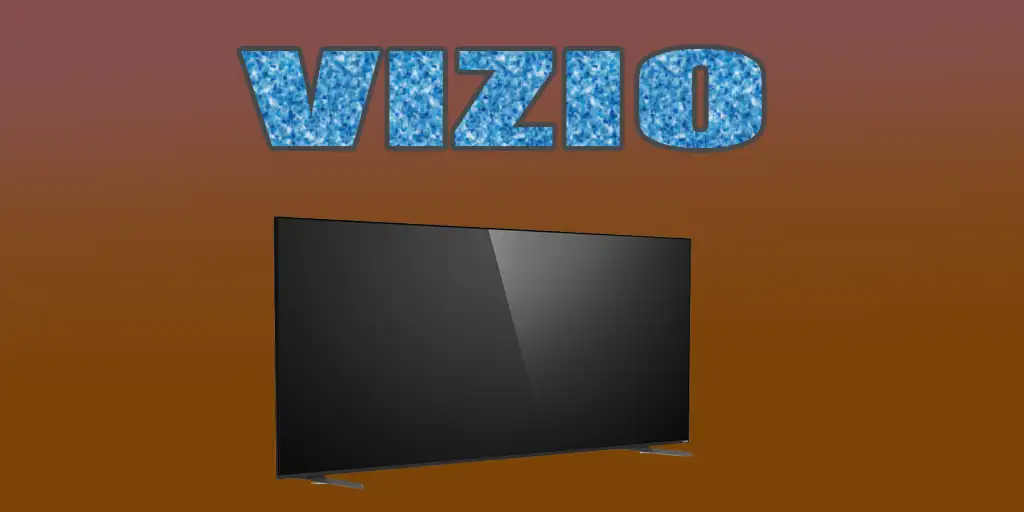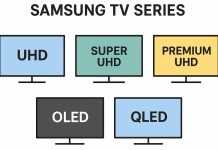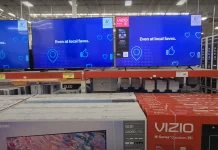Vizio has always had an aggressive pricing strategy aimed at minimizing the cost of its TVs. In 2024, after Vizio was acquired by the Walmart chain, the approach to organizing TV series and models changed. Previously, Vizio had a confusing lineup with series names like P-Series Quantum X, P-Series Quantum, M-Series Quantum, V-Series, and D-Series. In 2024, Vizio simplified its lineup. There are no longer series names like M-Series or V-Series. Instead, TVs are now categorized by resolution and screen type, from HD resolution to Quantum Pro models. You can learn more about Vizio TV model numbers in the article “Vizio TV Model Numbers Decoding and Explanation.”
Technical Characteristics of Vizio TVs
All Vizio TVs are manufactured by OEM suppliers, meaning they are mostly budget models. Their low cost is achieved by using screens from previous generations, which makes Vizio TVs thicker than those from leading brands. To make the products more attractive, attention is often drawn to features like Wi-Fi 6 or Wi-Fi 6E. However, this advantage is somewhat illusory, as Wi-Fi 5 is more than sufficient for home use, especially with typical home internet speeds of 1 Gbit from a provider. Wi-Fi 6 offers only a 30% speed increase and is mainly developed for offices, where it allows combining channels to provide one user with a maximum transmission speed of about 3 Gbps. For this, routers need to support MIMO technology, but whether the Wi-Fi 6 chip in Vizio TVs supports MIMO is unknown—it’s unlikely, as it requires multiple antennas and such chips are expensive. Vizio also doesn’t fully disclose technical details of their TVs. For example, a TV listed as 120Hz can only accept video at this frequency through HDMI, but from other sources, it may display only 60Hz. This is a marketing feature that doesn’t always match the reality.
Vizio TV Software
Vizio TVs use their own operating system, SmartCast, which doesn’t have as many apps as systems like Samsung or Android. Since Vizio is mostly popular in North America, you may not find many international apps. To address this, Vizio launched the WatchFree+ app, offering about 300 TV channels. However, SmartCast is not one of the most popular TV operating systems, and many users report that Vizio TVs can be glitchy or experience performance issues.
Who Makes Vizio TVs and Production Details
Vizio does not manufacture its own televisions directly. Instead, the company partners with several original equipment manufacturers (OEMs) and original design manufacturers (ODMs) who develop the design and assemble the TVs on Vizio’s behalf. The core principle behind this approach is not technical innovation, but price, which serves as the primary criterion when selecting partners and suppliers.
Among the key partners involved in Vizio’s TV production are companies such as Foxconn (also known as Hon Hai Precision Industry), TPV Technology, Ruixuan Optoelectronics Technology, and AmTRAN Technology. Component supply is provided by firms including Innolux, BOE, Zylux, Tonly, and KIE.






